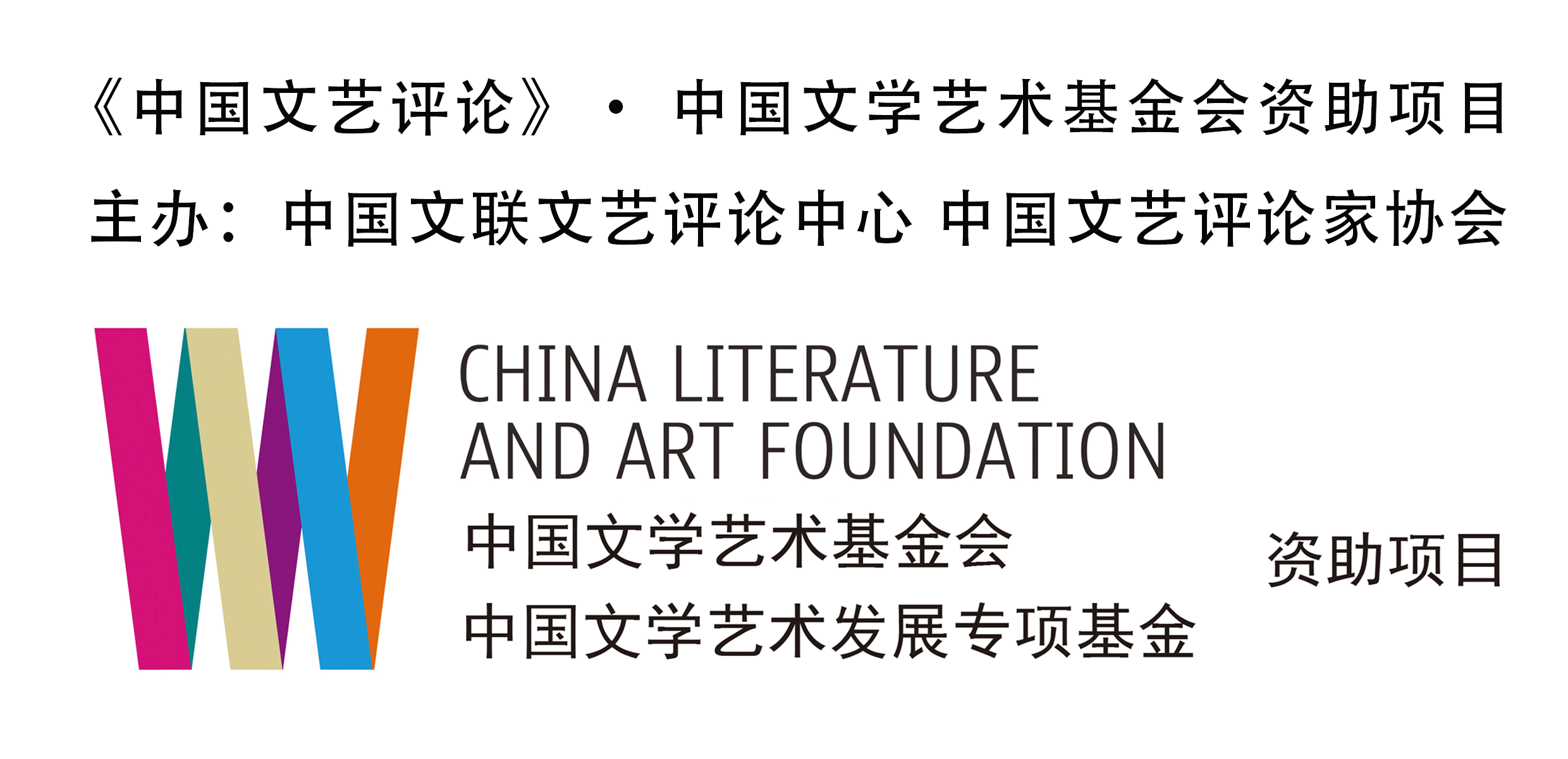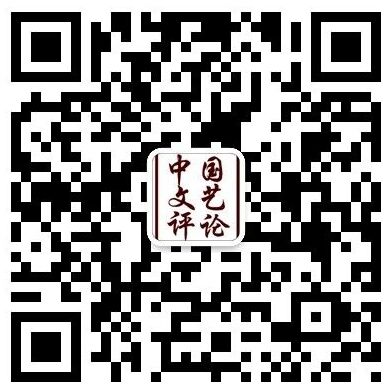
Hot Spots Observation • The Cross-border of Reality and the Out of the Circle of Realism
■ VR, Metaverse, and Sora: The Forward-Looking Positioning of "Reality"( PP. 4–17)Huang Mingfen
Abstract: VR (Virtual Reality), the Metaverse, and Artificial Intelligence (Sora), though they have become hot topics in society, involve numerous issues and are far from reaching a consensus. Science fiction movies provide valuable intellectual resources for forward-thinking about these categories, technologies, or application scenarios. Currently, the construction of virtual reality inspires people to reposition "reality" from the perspectives of continuum, tribasicity, or the Metaverse. Science fiction movies have conceived various ways to enter the Metaverse or virtual reality, including immersive participation, ontological surrogacy, brain-computer interfacing, and physically immersive experiences. Whether it is the transition from immersive participation to physical entry or addressing issues like dizziness, accommodation, or withdrawal associated with virtual reality applications, all reflect the rapid development of information technology, the deepening of the information revolution, and the evolution of humanity itself, being worth further study.
Keywords: virtual reality, Metaverse, artificial intelligence, science fiction movies
■ From Reality to Actuality:On the Relationship between Virtuality and Actuality in the Age of Artificial Intelligence( PP. 18–23)Lan Jiang
Abstract: With the release of Sora, a new generation of artificial intelligence product by Open AI, it has triggered a worldwide discussion on the relationship between virtuality and actuality, and some people believe that actuality has collapsed. But are virtuality and actuality really opposite to each other? In fact, the duality between the virtual and the actual is itself a product of the development of modern rational philosophy, and what is true is that no real can be separated from the virtual and the fictional, and it is only through the fictional that the actual can be presented to us. Marcus Gabriel's theory of "field of meaning" is a better solution to this problem, in which he proposed that any actuality has meaning only relative to different fields of meaning. Then, in the future videos and images of artificial intelligence, instead of replacing actuality with virtuality, it is better to say that the generative model of video games and images of artificial intelligence generates different fields of meaning and acquires multiple actuality.
Keywords: artificial intelligence, virtuality, actuality
■ Truth in Art: Spy Novel, Ghost Writing and Flickering Subject( PP. 24–38)Jiang Yuhui
Abstract: The relationship between art and truth has been one of the hottest topics throughout the intellectual history. In today's era of very prosperous digital synthesis, this question has once again evoked critical reflection. To respond to this issue, we must first break through the binary opposition between true and false, and then incorporate it into a complex dynamic relationship of interpenetration, interweaving and transformation. Literary creation, especially spy novels, provides useful clues for examining this relationship. Contemporary spy novels represented by Le Carré not only profoundly continue the diagnosis of empty reality explained by Kracauer and other scholars, but also focus on the key point of betrayal, thus guiding us to rethink the fundamental themes of subjectivity and freedom. Combining Heidegger's late speculations on Ungrund and Abgrund, and Derrida's elucidation of ghost writing, we try to regard the subject of betrayal portrayed in spy novels as a future possibility for witnessing truth and exploring freedom in the digital age.
Keywords: truth, spy novel, John Le Carré, Heidegger, ghost writing, betrayal, flicker
■ The Virtualization of Reality and the Turn of Realism (PP. 39–46)Li Yangquan
Abstract: In the context of virtualization of reality, realism faces challenges, and various subcultures and popular arts exhibit detachment from reality. However, this does not mean that literature and art have completely escaped reality, but rather, they still deeply present the "new reality" of the online society. The new reality expressed in contemporary literature and art mainly includes three aspects: virtual reality life experience, networked daily life, and network desire reality. Reality also shows three characteristics: artificial, malleable, and cross cutting. In terms of how to express reality, realism can use the method of "Jia-kong" to achieve reality. Virtual reality also brings interactivity, and realistic literature and art can fully utilize interactivity to achieve the combination of reflection theory and reaction theory, thereby actively intervening in reality.
Keywords: virtual reality, realism, Jia-kong, theory of reaction
■ New Media, New Fantasies and New Realities (PP. 47–54)Xu Miaomiao
Abstract: Realism is a concept that has been constantly readjusted with historical changes, which has shown many new qualities in new media literature and art, and Internet literature has provided sufficient space for exploring new media realism. Many excellent realist works have appeared on the Internet, but there are also transplanted realist works that rigidly transfer the concepts of printed literature to the Internet, and utilitarian realist works that are customized in terms of the subject matter in order to obtain policy support or awards. In current network literature, even the depiction of real life also borrows more fantasy means, so it is not that realism has been outdated, but that the legend and fantasy on the network has a stronger media adaptability. In fact, net literature has not deviated from reality. The new genres of cross-border integration, the new means of differential application and the new experience of instant feedback reflect the deeper reality of the net era. The struggle and fusion of fantasy and reality have prompted network literature to explore the way of expression in a winding path, and the frequent emergence of inherent contradictions in the field of new media literature and art has pushed forward the continuous change and constant expansion of realism.
Keywords: new media, Internet literature, realism, new media realism
Special Topics • Chinese Literature and Arts in 2023 (III)
■ Fine Arts in 2023: Return and New Developments under the Challenge of AI Images (PP. 55–67)Shang Hui
Abstract: As the buzzword of the year for technological innovation, generative artificial intelligence, AIGC, has also triggered discussions in the fine art field on the topic of creative intelligence. Several large-scale biennials exhibitions held in 2023, as well as other art and technology exhibitions, have reflected the new development of the art situation as a result of the challenge of AI imagery. On the contrary, the visual enhancement of technology, including AIGC image generation, is also continuously depleting the freehand spirit of Chinese painting and the discussion on this issue has formed another perception of the ontology of art. In such academic atmosphere, the related creations and exhibitions of fine arts have all been carried out in 2023. Meanwhile, the 60th anniversary of the founding of the National Art Museum of China has brought new historical opportunities for the comprehensive development of art museums across the country. Various exhibitions of Chinese and foreign collections on a wide range of scales have formed the social aesthetic educational landscape for the narratives of art history.
Keywords: fine arts in 2023, freehand spirit, thematic creation, the construction of art museums, technological art, AI image
■ Art Theory in 2023: Building up the "Three Systems" and Constructing Interdisciplinary Studies (PP. 68–81)Tang Hongfeng & Wang Zichang
Abstract: In 2023, the research of the discipline of art theory has generally shown the development of six aspects. Under the guidance of the Chinese path to modernization, art theory consciously explores fine traditional Chinese culture, breaks through the established path of Western modernization, and leads the new form of China's humanistic research with the construction of the "Three Systems". In terms of the discipline of art studies, the adjustment of the new discipline catalog promotes the continuous improvement of the pattern of art research and education in the new era. In terms of basic theories and criticism of art theory, the combination of "history, theory and criticism" is emphasized, and art criticism is highly valued and well-discussed. In the integration of aesthetics, art anthropology, art sociology and art theory, scholars have all traced and reconstructed the concepts of classical aesthetics from the East and the West, and creatively interpreted and recognized the value of Chinese concepts, so as to promote the localizing development of the disciplines. In media studies, the reflection on media ontology, cross-media art theories and corresponding critical standards have kept abreast of the times, and have shown concern for practical issues in art management and cultural and creative industries. In the interdisciplinarity of artificial intelligence and art, there have been concrete advances in artistic practice, theoretical production, research paradigms and talent cultivation.
Keywords: art theory, Three Systems, Chinese path to modernization, art criticism, media, interdisciplinary, artificial intelligence
■ Dance in 2023: A New Balance among Creation, Market and Criticism (PP. 82–91)Liu Xiaozhen
Abstract: This article includes three parts: the current situation of dance artists, the adapted classics in dance works and the new trend of dance criticism, in which the author analyses the typical events, works and phenomena in 2023. In the author's opinion, dance artists are facing the challenge and have to find the new balance among creation, market and comment in cyberspace. Chinese dance artists still need to improve the creating ability although they have gotten a certain aesthetic achievments in the adapted classics. If Chinese dance critics attempt to realize their social value, it is necessary to renew the cognition on the current of society.
Keywords: dance creation, adapted classics, cyberspace, dance criticism
Random Thoughts on Art
■ From "Female" to "She" : The Iteration and Expectation of Women's Images in Domestic Dramas (PP. 92–103)Cheng Qiang
Abstract: Along with the deepening process of modernization, the female subject has been fully empowered. It has become a fact that the woman is no longer the monotony and solidification from the traditional male perspective, but rather, the woman, or the image of women, is in transition to an independent and self-contained "she", which is due to the fact that not only the evolution of metaphysical concepts and ideas, but also the all-round changes at metaphysical and subterranean level have provided a continuous motivation for the process of differentiation. As a reflection of reality, the drama works naturally cannot avoid the all-round changes brought about by this oriented trend, namely, the shift from "female" to "she", which also provides a more multi-dimensional pathway for the creation of realistic dramas. Saying goodbye to the unilateral hegemony of discourse under the male perspective, the "she" in domestic dramas possesses more diversified vitality and possibilities.
Keywords: she drama, female themes, herness, subjectivity, realistic themes
■ Reality Transcription and Interpenetrative Communication:Research on Contemporary Topic Films (PP. 104–113)Yin Minjie
Abstract: Topic films have emerged as a significant cultural phenomenon, characterized by remarkable box office success and extensive public discourse. These achievements not only reflect the prevailing social culture but also signify a crucial stage in the commercialization of films in China. By translating topical issues and emotions from society, topic films construct a visually compelling world and achieve wide-ranging and cyclical dissemination effects within the contemporary media landscape. However, the producer model for such films suffers from instability, with commercial considerations often overshadowing artistic expression. Addressing this issue, it is imperative to explore effective methods for conveying the essence of "Chineseness" in films and to establish film marketing strategies that prioritize brand promotion in the age of internet communication. This approach could present a viable trajectory towards enhancing and refining the film industrial system in China.
Keywords: topic films, popular culture,"Chineseness" in films, film branding
Interview with Renowned Experts
■ I Know Where Art Begins: An Interview with Artist Han Meilin (PP. 114–124)Interviewed by Zhang Yameng

Inside Front Cover
Chinese Literary Critics: Wang Ning


Inside Back Cover
Review of the Second Batch of bases of Chinese Literary and Art Criticism:The base of China Literary and Art Criticism (Tibet University)

Back Cover
Poster for the Seminar (Training Session) on the Theme of "New Literature and Art in the New Era and New Journey" and the Second Fifth Council of CLACA



中国文艺评论网

“中国文艺评论”微信公号

“中国文艺评论”视频号